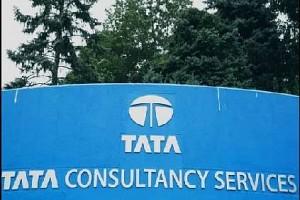DELOITTE SHARES 5 EASY STEPS TO HANDLE CYBER ATTACKERS AMID WORK FROM HOME: REPORT!
Home > News Shots > BusinessAs Work from Home (WFH) has become the ‘new normal’ due to COVID-19 crisis, cyber attackers and devices getting infected by a virus or malware is a common issue these days.

Multinational professional services - Deloitte’s 9th Global Millennial Survey 2020 stated that Cybersecurity should be a top concern amongst Indian enterprises. As per a recent survey, these days due to work from home the frequency of cyber threats have also increased.
According to CXO Today.com report, the survey states 86 percent of millennials and 83 percent of Gen Zs prefer the option to work from home to relieve stress.
“In the era dominated by digital transformation, Indian enterprises have been susceptible to some major cyber-attacks and threats as a result of businesses transitioning to cloud with broader networking capabilities,” Shree Parthasarathy, Partner and National Leader – Cyber Risk Services, Deloitte India told CXOToday.
So to handle cyber attackers, the enterprise has adopted a five-step approach to cyber challenges, as per a Deloitte perspective:
- Implement multi-factor authentication (MFA): Organizations should enable (MFA) across all internet-accessible remote access services which includes web and cloud-based email, collaboration platforms, virtual private network connections and remote desktop services.
- Implement cyber threat education and awareness programs for users: it is necessary to educate users on current threats, the dangers of opening attachments or clicking links from untrusted sources. It is important to educate users to be wary of unexpected email messages, and to authenticate them with their ostensible senders before opening any links or attachments within them.
- Keeping a check on your most critical data: Knowing the ‘what’ and ‘where’ of critical data and systems allows you to target resources on your most important assets first. Keeping a check on your critical data and systems can be overlooked, especially when trying to protect everything in an organization. Also, ensuring critical data is backed up and systems are recoverable in another important factor.
- Update your patching regularly: the primary target for attackers is internet-facing infrastructure. By patching this infrastructure, you can help prevent attackers from exploiting known vulnerabilities in the software in order to gain access to your network and systems.
- Monitor and analyze activity on your most critical systems: A critical component of protecting your environment is to understand what is happening in real-time. Without this visibility and what has already happened to your systems and data, you are effectively operating blind.





